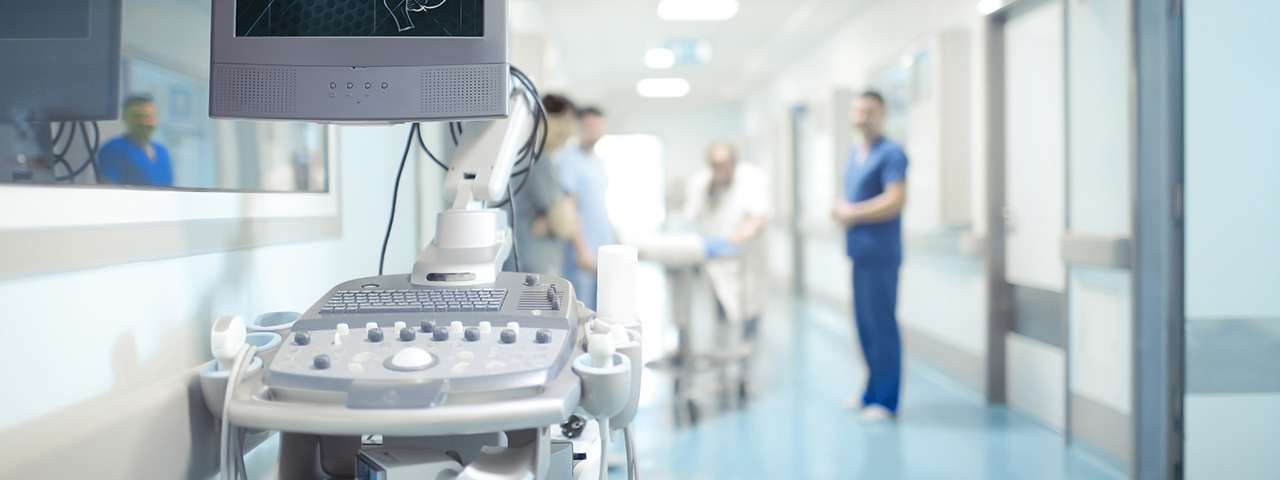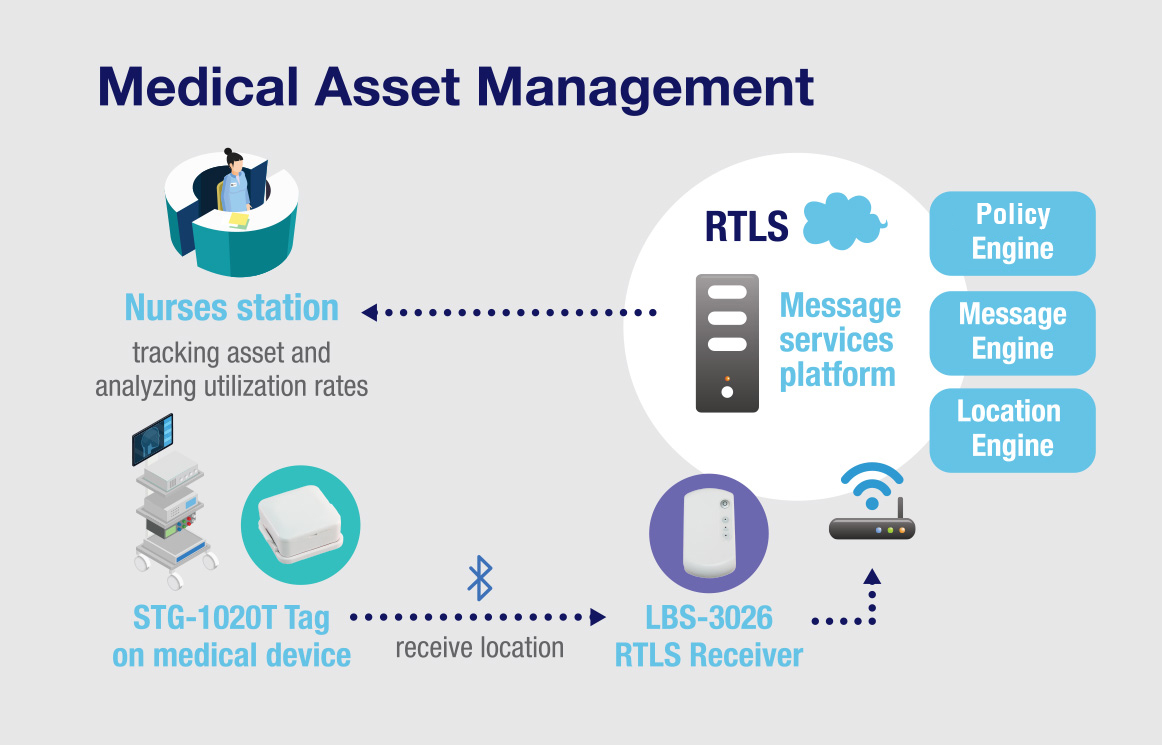
Limited equipment is a reality nurses face every day, not to mention the burden of having to locate and confirm whether the required equipment is still in use or has already been returned, which only adds to the nurses’ workload. Misplacement or theft of equipment can also occur on hospital premises. As much as it is of time loss, having staff search for said equipment is also a financial loss that management has to deal with. Keeping track of hospital equipment is of utmost importance for operational cost management as well as improved staff productivity.
When the hospital seeks to improve upon the efficiency with which its nurses work, increase the utility of the current equipment and have a smoother procurement workflow, Linctronix offers just the solution they need. With extensive knowledge in deploying the healthcare Real-time Locating System (RTLS), and professional software with onsite support, Linctronix’s solution can be up in a matter of days.
After careful study of the hospital requirements, Linctronix decided to deploy their centralized RTLS message services platform, paired with different kinds of tags depending on the type of hospital equipment, to be able to keep track of their utilization and location. These tags featured Bluetooth low energy (BLE) and provided position accuracy of 1-2 meters. It fully met the requirements posed by this project. It also exceeded expectation in deployment time by fully equipping and deploying solutions in a matter of days and not weeks.
All the information transmitted by RTLS tags and relayed by the RTLS receivers is collected and processed by Linctronix RTLS message services platform, which can be accessed through any network connected smart device. Nurses can easily locate the needed equipment through the graphical position interface and also keep track of the status of carts in order to know when restocking of certain items might be necessary. Linctronix’s highly intuitive user interface allows nursing staff and management to access a wide range of equipment statistics such as utilization history, idle time, most common area usage, not to mention being able to set alerts when equipment exits or enters a certain area, and a reminder to return equipment after being idle in a patient’s room or specified area.
By tagging the utilized gear and keeping digital records of its use and whereabouts, nurses worry less about searching for and keeping track of the equipment, and can focus more on patient care, and deliver better services to all. Adopting this new state of the art technology not only helps the staff, but the information gathered from this system provides a huge statistical insight that helps reduce equipment loss, purchase and even maintenance cost.
